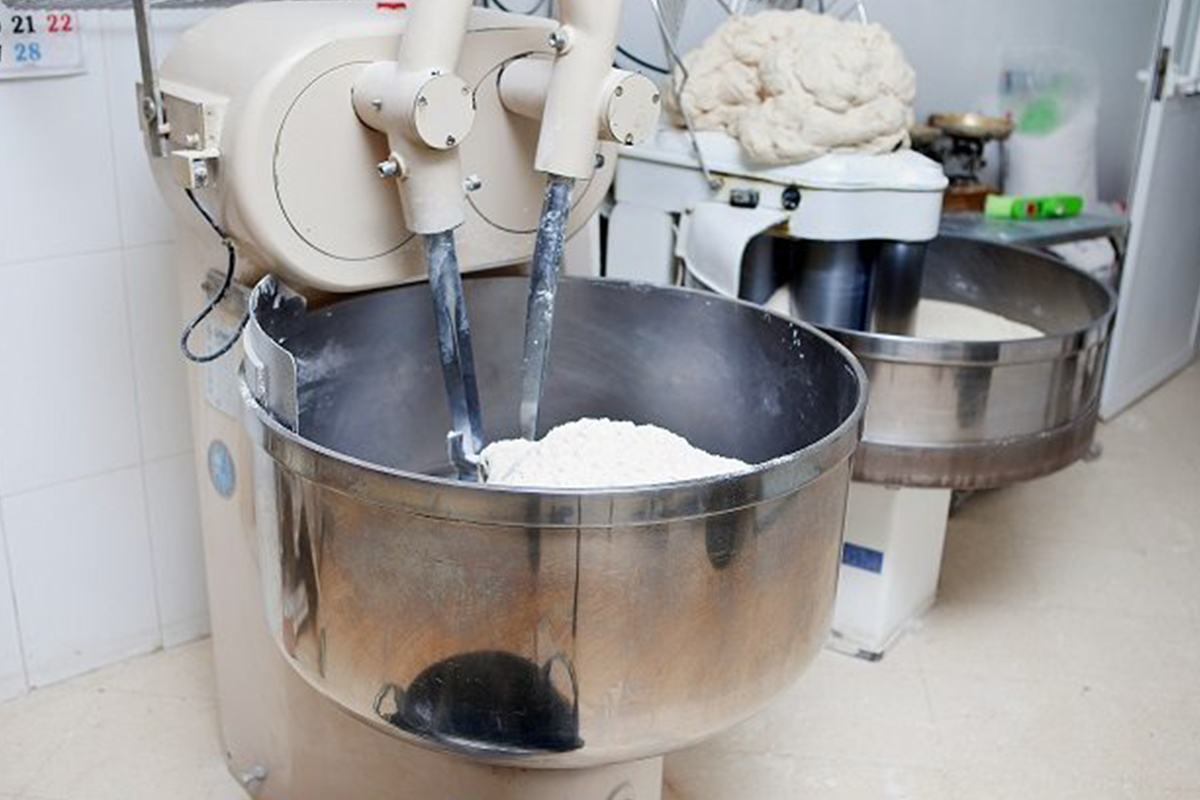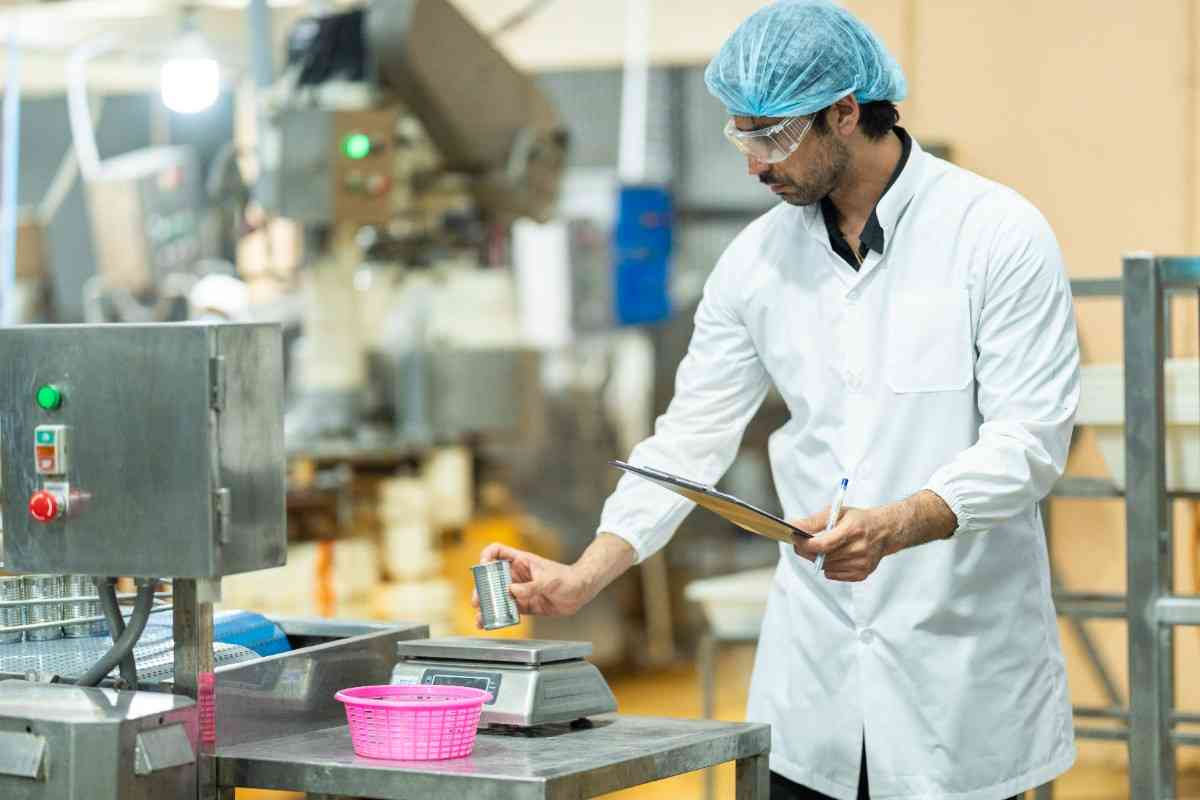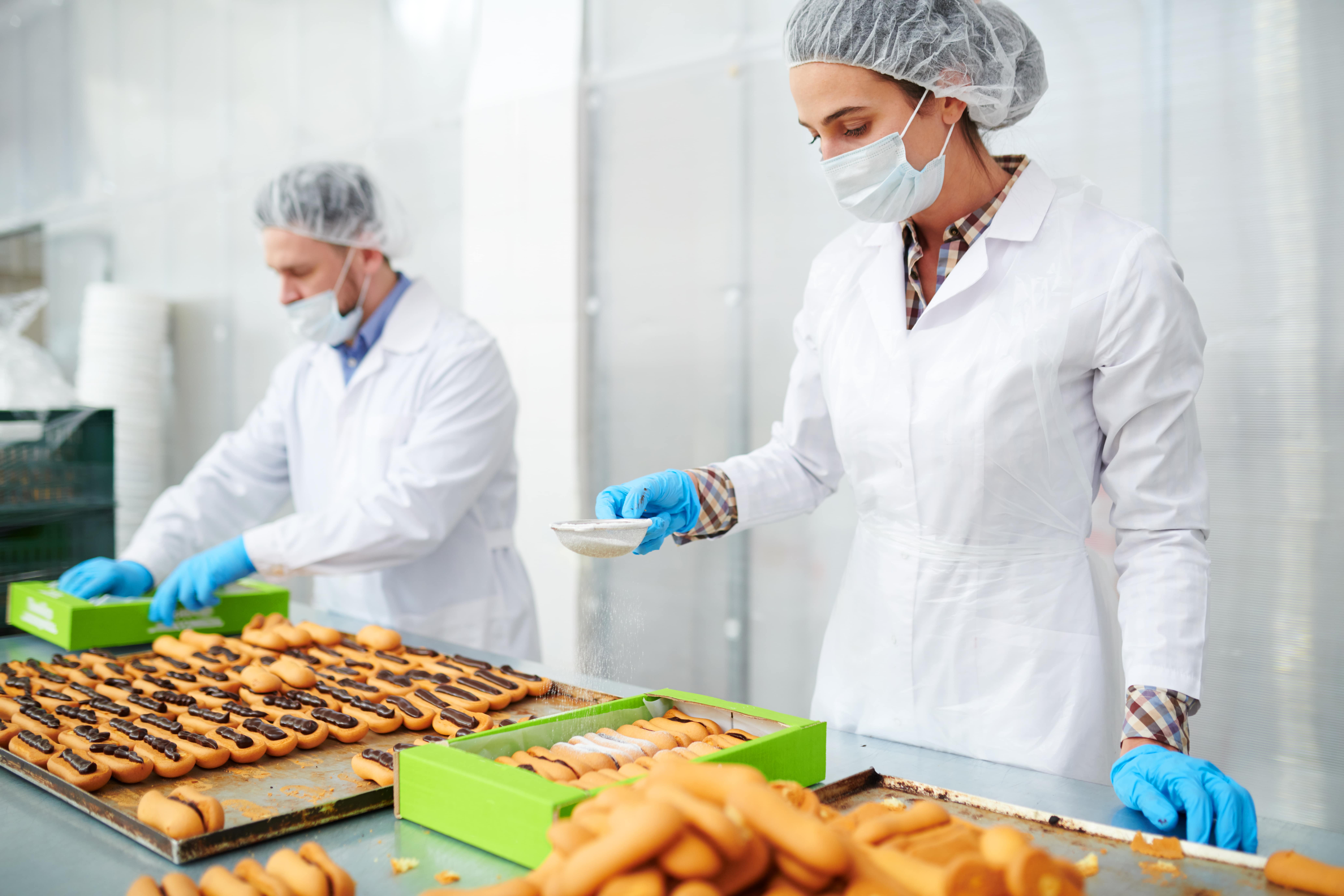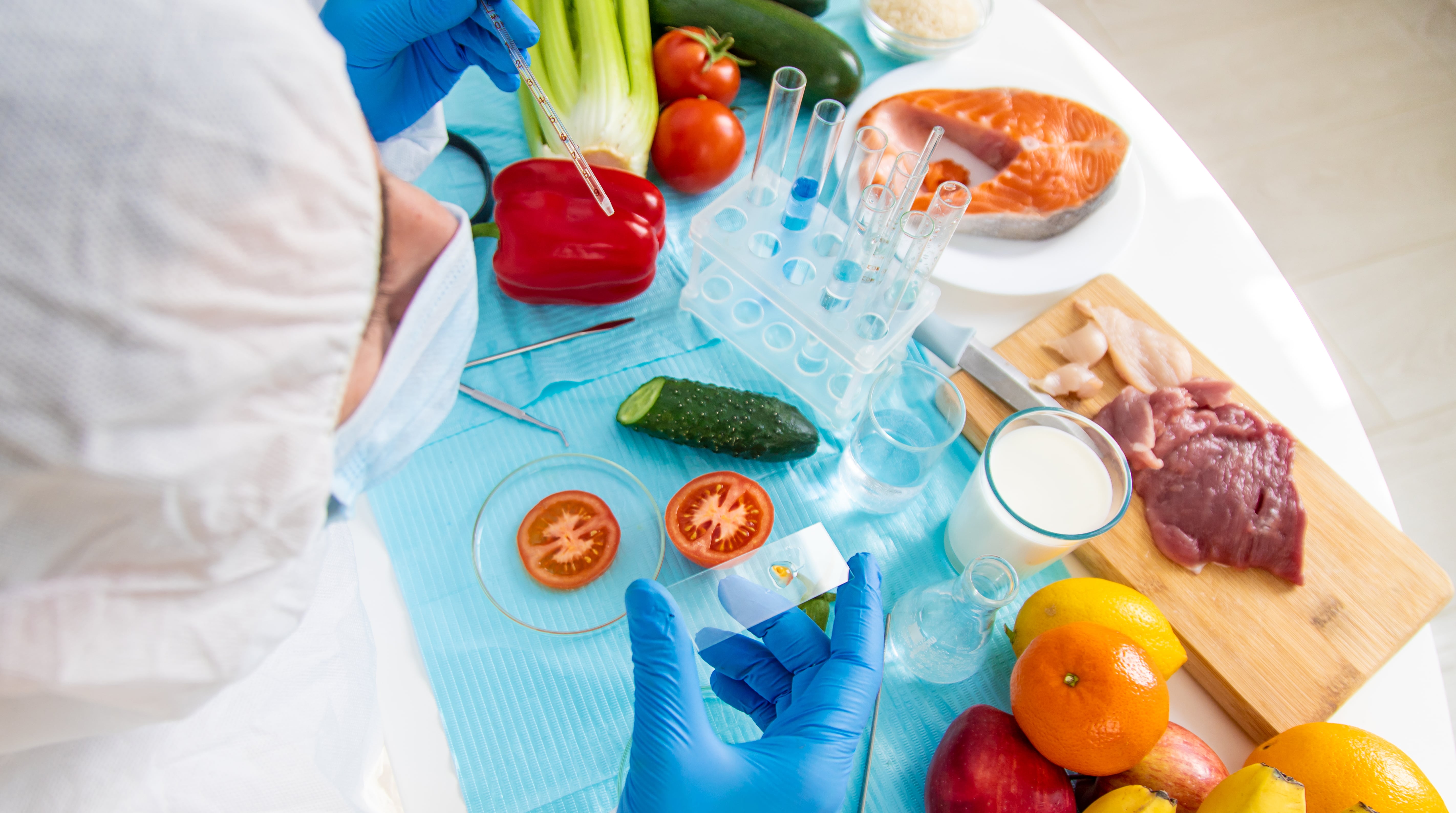Last Updated on April 11, 2025 by Admin
In today’s world, it’s easy to grab a snack from the store and not think about how it was made. Yet, the world of food manufacturing is a complex and fascinating realm, ensuring that what we eat is not just tasty but safe and nutritious. The vast processing, types, methods, and operations govern this industry. Let’s explore the intricate food production operations and unravel the mysterious world behind our daily meals.
Understanding the Food Industry Process
The food industry process is a systematic sequence of steps transforming raw materials like wheat, milk, or potatoes—into the foods we love. It begins with the selection and sorting of raw materials. The best ingredients ensure the end product is of the highest standard.
After selection, these raw materials undergo cleaning to remove impurities. For grains, it might eliminate dirt or stones; for fruits, it’s about washing away contaminants. Once cleaned, the raw materials often need to be transformed. It is where various methods of food processing come into play.
Methods of Food Processing
Food processing methods can be physical or chemical, depending on the desired outcome:
- Mechanical Processes: These include grinding (making flour from wheat), churning (turning milk into butter), and pressing (extracting juice from fruits).
- Thermal Processes: Cooking, boiling, pasteurising, and canning fall under this category. They involve using heat to make food safe and palatable or to preserve it.
- Preservation Methods: These include pickling, salting, and fermenting. Such methods extend the shelf life of food, ensuring they remain safe to eat for prolonged periods.
- Chemical Processes: Some foods require the addition of substances to achieve specific characteristics, like softness or colour. It includes adding baking powder to cakes or certain preservatives in packaged foods.
Types of Food Processing
The types of food processing can be categorised based on the level of change they bring to the original raw material:
- Primary Processing: It’s all about fundamental transformation. Think of turning wheat into flour or grapes into wine. It is the initial step that readies the material for more advanced processing.
- Secondary Processing: The primary products are more complex. Flour becomes bread; tomatoes turn into ketchup, and so on.
- Tertiary Processing: This refers to the production of ready-to-eat or convenience foods. Think of microwaveable meals or instant noodles.
The Grandeur of the Food Manufacturing Industry
The food manufacturing industry is one of the pillars of our modern economy. From massive multinationals to small artisanal producers, this industry caters to an ever-growing global population’s diverse tastes and needs.
The innovations in the food manufacturing industry over the past decades have been nothing short of revolutionary. Consider the convenience of pre-packaged salads or the marvel of long shelf-life milk. These advances have been crucial in addressing food scarcity, reducing waste, and catering to the busy lifestyles of the 21st century.
The Food Production Operations
Food production operations ensure a smooth flow from farm to table. It involves:
- Sourcing and Procurement: Finding the best raw materials and ensuring they’re delivered efficiently.
- Quality Control: Checking that every food product meets industry standards.
- Processing: Making sure each product is made using the most efficient and safe methods.
- Packaging: Designing packaging to keep food fresh, provide information, and attract customers.
- Distribution: Getting the food to markets, stores, and eventually to the consumer’s plate.
Sustainability in Food Manufacturing
With the growing emphasis on ecological balance and sustainability, the food manufacturing industry is being pushed towards more eco-friendly practices. From responsible sourcing raw materials to reducing wastage in the production cycle, sustainability is becoming an intrinsic part of the food industry process. Innovations like biodegradable packaging, energy-efficient machinery, and waste-to-energy conversion pave the way for a greener future.
Specialized Diet Needs and Food Manufacturing
With the rise of specialized diets – gluten-free, vegan, keto, or others – the food manufacturing sector has seen a surge in demand for tailored products. It has necessitated a change in the food industry process to accommodate these niche requirements. Raw material sourcing, recipe formulation, and even packaging needs to highlight these unique attributes to cater to an informed and discerning customer base.
Quality Assurance and Safety
Discussion about food manufacturing can only be completed by addressing quality assurance. Beyond meeting industry standards, there’s a growing emphasis on transparency in the food industry process. Consumers today are keen on knowing the origins of their food, the additives used, and the ethical practices followed. Thus, traceability and transparency are becoming cornerstones in the food manufacturing domain.
Education and Training in Food Manufacturing
There’s a strong emphasis on training and education to ensure the food industry process runs smoothly and adapts to the ever-evolving demands of consumers. Continuous learning is integral, from courses on the latest manufacturing techniques to seminars on global food trends. It ensures that the industry is always ahead of the curve and guarantees that the food on our tables is of the highest quality and safety.
From Farm to Plate
Food manufacturing and its processes are dynamic, responding continuously to global trends, technological advancements, and changing consumer preferences. This industry’s multifaceted nature ensures our pantry shelves remain diverse, our meals remain exciting, and our food remains safe. The next time you savour a bite, take a moment to appreciate the science, art, and hard work behind it.
Read also – Why is Traceability Important in a Food Supply Chain?













